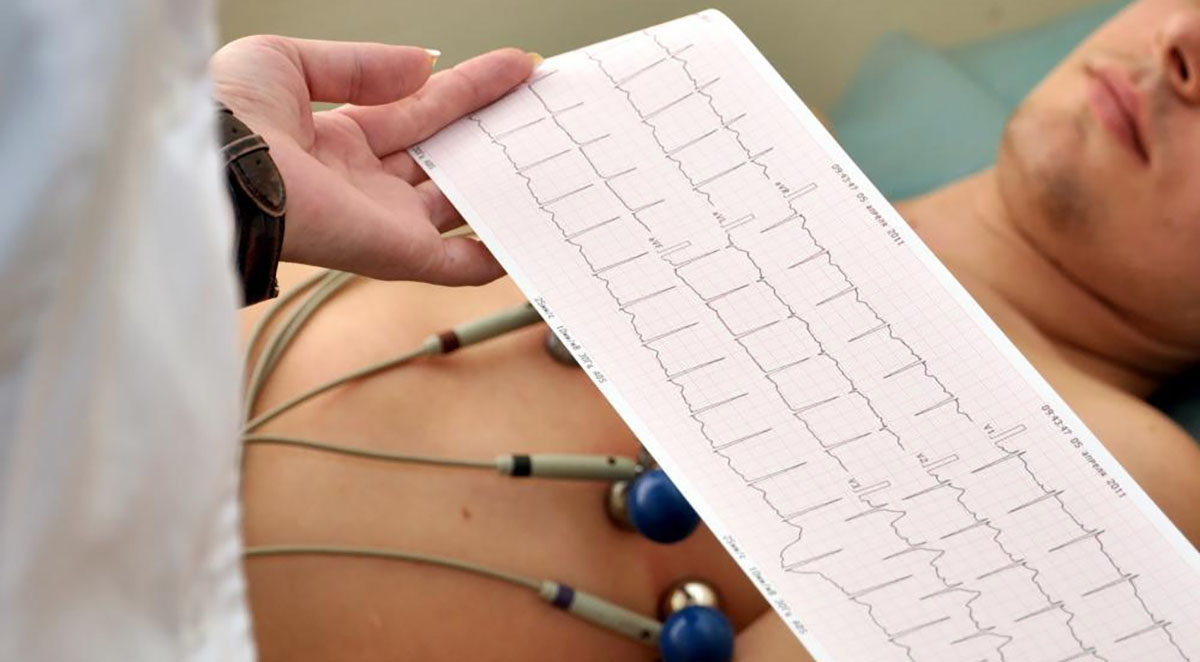A Comprehensive Guide To Coronary Artery Disease (CAD)
Diagnosing Coronary Artery Disease

To begin diagnosing coronary artery disease, a doctor must ask their patient about their medical history, conduct a physical exam, and order some blood tests. However, many other tests can be performedto diagnose the condition accurately.
An electrocardiogram (ECG) may be utilized to record the electrical signals as they travel through the heart. The ECG can reveal previous heart attacks and discover one that is in progress. A computerized tomography (CT) scan can determine whether there are calcium deposits in the arteries that contribute to the narrowing of them. Some other tests may include a cardiac catheterization or angiogram, an echocardiogram, and a stress test.
Now that you know how coronary artery disease is diagnosedcontinue reading to learn how it can be treated.
Treatments For Coronary Artery Disease

Treating coronary artery disease begins with making healthy lifestyle changes, taking medications, and possible medical procedures. The lifestyle changes to promote healthier arteries include quitting smoking, eating healthy foods, getting regular exercises such as jogging or brisk walks for thirty minutes to an hour each week, reducing stress, and ultimately achieving a healthy weight.
The medications that may be in addition to lifestyle changes could be any - or a combination - of the following: aspirin, blood thinners, beta blockers, cholesterol-modifying medications, nitroglycerin, and angiotensin-converting enzyme (ACE) inhibitors and angiotensin II receptor blockers (ARBs).
There are many methods of treatment regarding coronary artery disease, starting with a change in the lifestyle. Read further to find out some home remedies and alternative medicines that may help.
